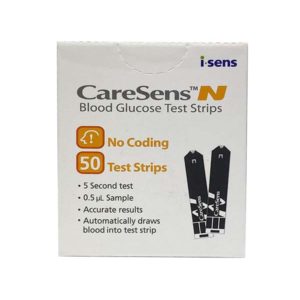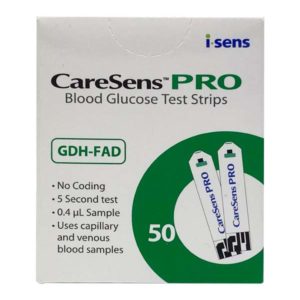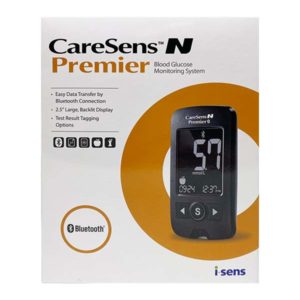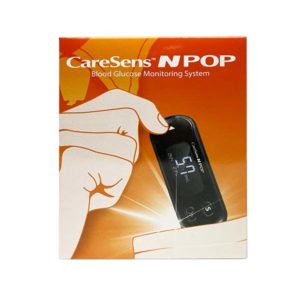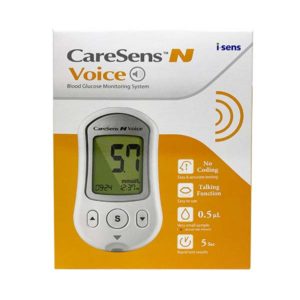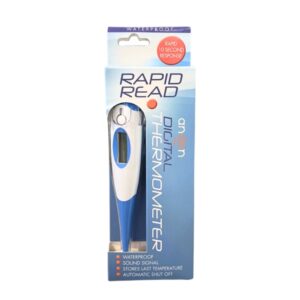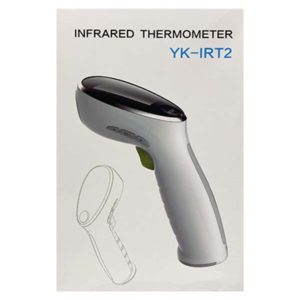Right now in New Zealand, many are finding GP wait time is getting longer and longer to see a doctor. For some, it may even be starting to cause real anxiety, particularly for those with chronic health conditions.
In May this year it was taking up to eight weeks for some Dunedin people to get an appointment with their doctor.
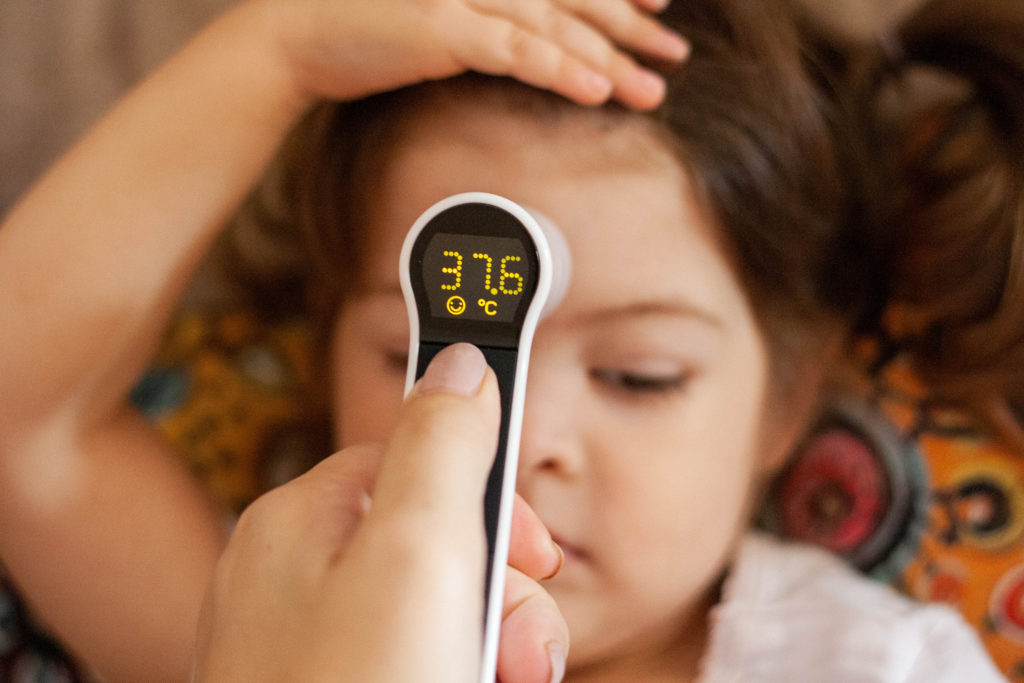
For the elderly and those with long term health conditions like diabetes, cardiovascular disease, mental health conditions, chronic pain, stroke, asthma, arthritis (just to name a few) – the idea of having to wait weeks to see their doctor caused much stress and anxiety.
GP wait time down south the tip of the iceberg
Dunedin does have more GPs than many other areas of the country, however with Covid and a large student population – everything just got stretched even more.
But it’s even worse for those who are not even enrolled at a GP practice.
In June this year, Dawn Baxter in Invercargill reported a 6-month struggle, and around 100 phone calls before finally securing a permanent GP and being enrolled in a practice. Baxter was one of an estimated 3000 people who did not have a GP in Invercargill at that time.
Invercargill GP practices were either full or were down on GP numbers, so weren’t taking more patients.
Most recently, Invercargill waiting lists are beginning to come down due to two new primary care services opening in the city, but many areas of New Zealand are not so lucky. Rural and more isolated practices however have long struggled to even recruit new staff, so for people living is those areas, there is no quick fix in sight.
Long GP wait time? Curb anxiety by tracking key health metrics at home
The reality for many, even if they are enrolled with a GP, is that the difficulty for getting an appointment in a timely manner has been described by some as simply ‘shocking’. Worse still, the difficulty in securing GP appointments will no doubt put some off seeking needed care.
One of the great ways you can keep one step ahead, and reduce worry, is to be able to monitor your own or your family’s health at home using simple medical monitoring devices.
The top five medical monitoring devices for home, to help keep you healthy include:
- Blood pressure monitor
- Blood glucose monitor
- Pulse oximeter
- Thermometer
- Scales
The use of simple home medical monitoring devices has been proven to maintain and improve health – particularly if you experience any long-term health conditions.
Monitor long term health conditions from home
Long term conditions (LTCs) can be defined as any long term, ongoing or reoccurring chronic health condition. These can include diabetes, cardiovascular disease, cancers, stroke, heart failure, asthma, COPD, arthritis, chronic pain, mental health conditions – just to mention a few.
Long term conditions can have a significant impact on people’s lives. Many people suffer from several LTCs.
Regularly monitoring and analysing your health at home, enables a real-time understanding of where you are at.
Top 5 Home Medical Monitoring Devices
1. Blood pressure monitor
A blood pressure monitor calculates your heart rate and blood flow by measuring changes in artery motion.
They are a great at home tool to assist in the management of many conditions like hypertension, diabetes, and kidney dysfunction.
In particular, hypertension or high blood pressure can really benefit from home monitoring, as readings can be higher when measured at your medical centre.
2. Blood glucose monitor
Blood glucose monitors tests how much sugar you have in your blood, through a very small drop of your blood placed on a test strip, which is connected to a device.
Many people with diabetes use this device daily and multiple times, as it allows you to manage your blood sugar levels more accurately.
Regular blood glucose monitoring gives you insight into what influences your blood sugar levels, such as medication effects, diet, exercise, stress or illness and be able to do something about it.
-
CareSens N Blood Glucose Test Strips for CareSens N Range of Meters$17.99
-
CareSens PRO – Blood Glucose Test Strips for CareSens Dual Meter$17.99
-
CareSens N Premier Blood Glucose Monitoring System$33.49
-
CareSens N POP Blood Glucose Monitoring System$16.49
-
CareSens N Voice Blood Glucose Monitoring System$37.99
3. Pulse oximeter
A pulse oximeter measures your blood oxygen saturation level, efficiently & accurately, at home. They got a lot of publicity during Covid but are an excellent option for people with asthma or any chronic heart or lung issues.
Pulse oximeters are small devices that fit on your finger and provide a quick and easy way for you to measure and monitor your blood oxygen saturation levels and heart rate.
It uses light beams in a sensor to estimate the amount of oxygen in your blood, without having to take a blood sample, so you can track and assess how well your lungs are working.
4. Thermometer
Fevers, or having a high temperature, are common in both children as well as adults. Even an ordinary cold can cause a high fever.
A thermometer is an incredibly simple, yet important tool, to monitor fever or high temperature, and an absolute must have item for home.
Your body temperature can signal an infection or illness and inform you what steps you need to follow next.
- A normal temperature for children and adults is around 37°C
- A mild fever is a temperature higher than 38°C
- A high fever is a temperature higher than 39°C
5. Scales
It can be hard to get enthusiastic about weighing yourself, it’s not many people’s favourite activity! But it really is key to helping you monitor your weight, and improve your health.
Obesity is a leading risk factor for so many common conditions eg diabetes, heart disease, cancer – so keeping a close eye on it can have a hugely positive effect on your health.
Even if you don’t need to necessarily lose weight now, scales give you an early heads up if you are gaining weight – so you can do something about it before any weight gain gets out of hand.

